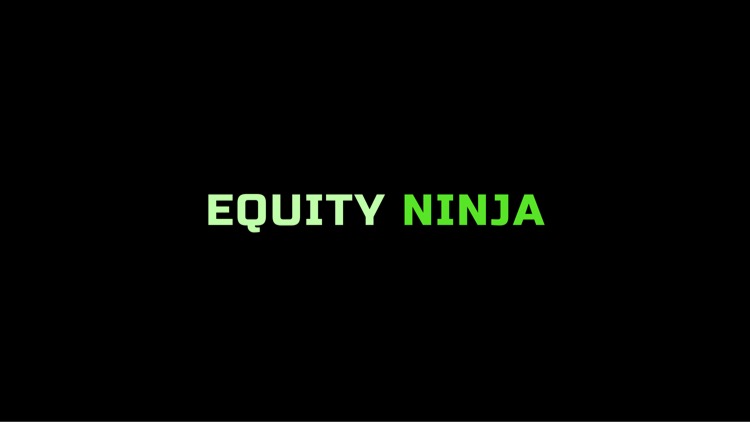The money supply encompasses all forms of money circulating within an economy, facilitating transactions and acting as a store of value. It’s often classified into different categories, each representing a specific form of currency or financial instrument. So what are the different types of money?
M0 (MB – Monetary Base): M0, the monetary base, represents the most liquid form of money. It includes physical currency (coins and paper money) in circulation and reserves held by the central bank.
M1: M1 includes M0 and adds demand deposits (checking accounts), traveler’s checks, and other checkable deposits. It represents the money readily accessible for transactions.
M2: M2 encompasses M1 and introduces savings accounts, time deposits, and other near-money assets. It reflects a broader measure of money, including components with less immediate liquidity.
M3: Expanding further, M3 includes M2 and incorporates large time deposits, institutional money market funds, and other larger liquid assets. It provides a more comprehensive view of the money supply in the broader financial system.
M4: Some economies use an even broader measure, M4, which includes M3 and introduces additional financial instruments like repurchase agreements and commercial paper. M4 provides a more inclusive view of money, considering various short-term financial instruments.
Relevance and Significance:
Understanding the different money supply categories is crucial for policymakers. The composition of the money supply affects economic indicators, such as inflation and interest rates, influencing financial conditions, decisions and monetary policies.
Inflation and the Money Supply:
An increase in the money supply can contribute to inflationary pressure. As more money circulates, demand for goods and services can rise, leading to an increase in prices. Central banks closely monitor and manage the money supply to maintain price stability.
Role of the Central Bank:
Central banks play a pivotal role in regulating and controlling the money supply. Through tools like open market operations, reserve requirements, and interest rate adjustments, central banks can influence the quantity and velocity of money circulating in the economy.
See also: What is inflation?
What are interest rates and why do they change over time?
What is Fractional Reserve Banking and the Credit Multiplier Effect?
